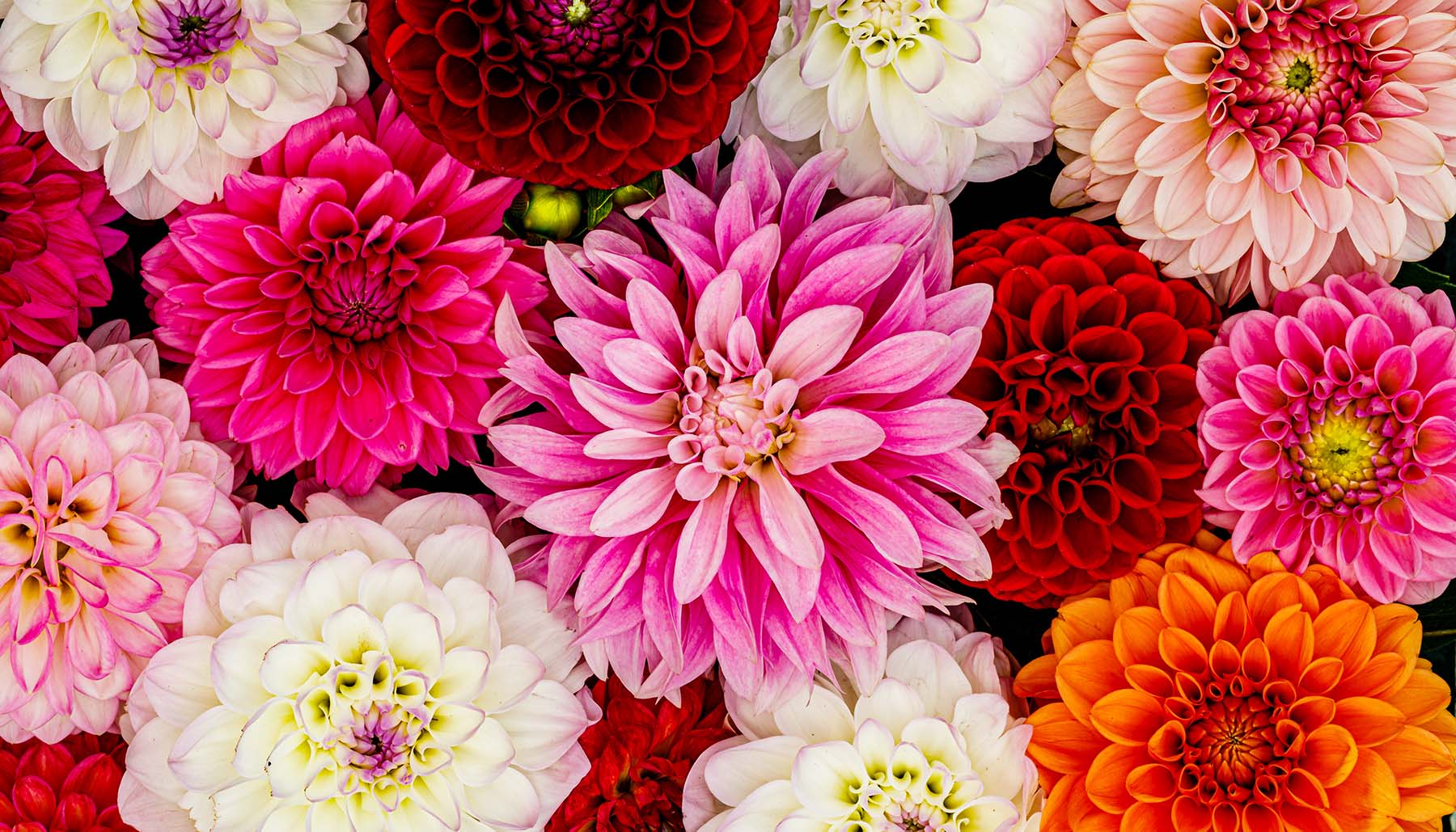Eager to get growing? Then listen up, fellow gardeners! Growing plants from cuttings is mostly a matter of patience. But it also comes down to choosing the right season, the right soil, and when in doubt, adding a little bit of rooting hormone to your stem ends. While this list doesn’t include every plant you can grow from a cutting, we’ll cover the easiest to propagate. And they just so happen to be some of the most sought-after plants in existence.
If you’re ready, get set and grow!
Lavender

Lavender is not only one of the most soothing, fragrant, and visually pleasing herbs out there, it’s relatively easy to grow. You’ll want to take your stem cuttings in the spring and then give them time. Most likely, it will take about six weeks for your cuttings to grow new roots. Once they do, transplant your lavender into a garden bed. It’s also possible to do the same with fall cuttings, but the odds are most in your favor in spring.
Hydrangea

Hydrangeas are a relatively easy perennial to propagate. If you want to grow hydrangea from a cutting, be sure to cut four inches from the tip of the plant. Leave two or three pairs intact and plant your cutting. Moist soil is key. To prevent moisture loss, cut some of the leaves. Some gardeners suggest placing plastic over the top. Don’t forget, hydrangeas prefer a shady spot and do best with soft, morning sun.
Geraniums
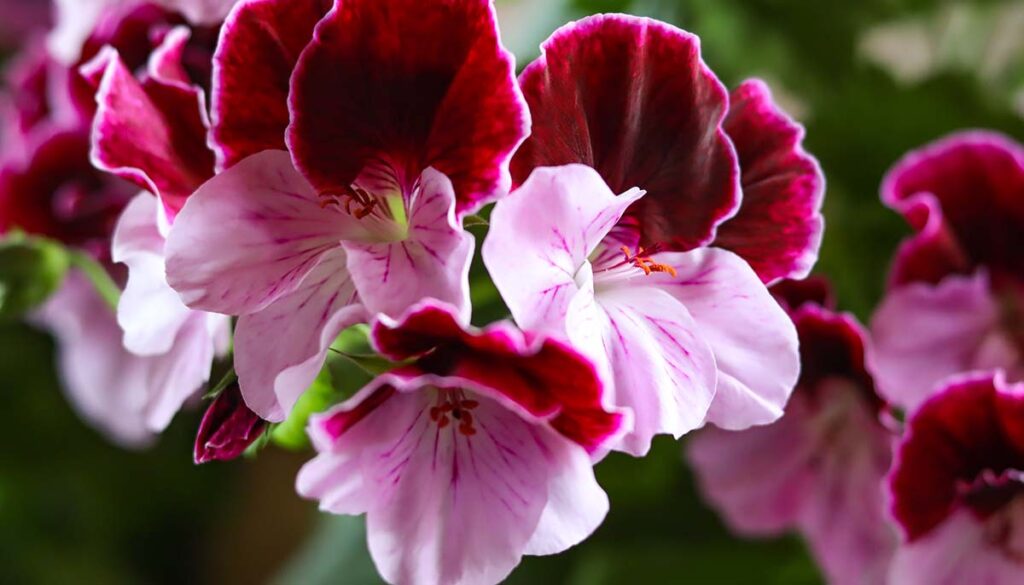
Geraniums are one of the few flowers you can regrow from a water cutting, and it’s definitely worth a try. The trick is to be sure that your cuttings are at least six inches long. Keep the leaves above the waterline and then prepare to wait. In a month or so, your geraniums should begin to root in the water. But it could take longer, so be patient.
Fuchsia
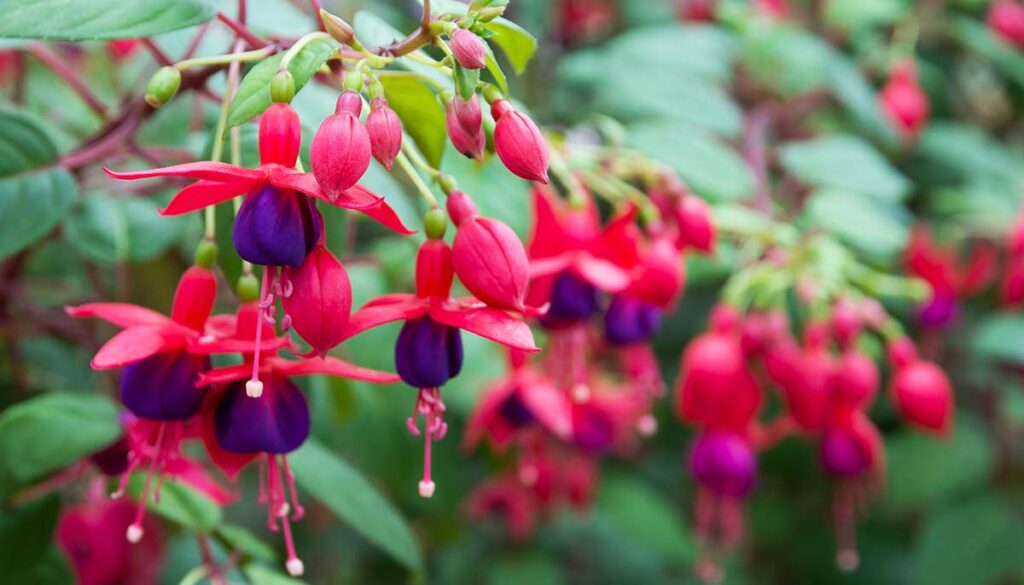
When Spring rolls around, get ready to take your fuchsia cutting. To regrow it, you’ll need moist compost mixed with sand. The leaves should be covered. The great thing about fuchsia is that it’s famous for rooting quickly. You’ll wind up with new flowers within the same season you took your cuttings.
Sage
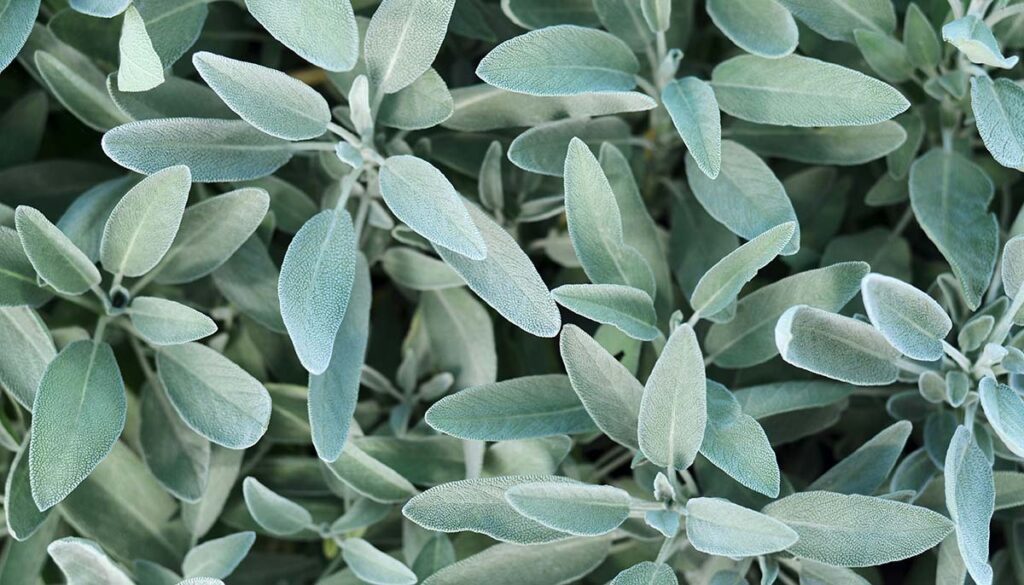
If you want to propagate sage, be sure to do it in the right season. You’ll want to take fall cuttings and re-pot them during the winter. Strip off the leaves from the bottom, leaving about 2 inches of bare stem. Place your cuttings into a glass of water and wait a few weeks. Once mature roots begin to appear, you’re ready to make the switch to potting soil. Transplant your new sage in the spring. Since sage has a soft stem, it can be grown from water cuttings as well.
Oregano
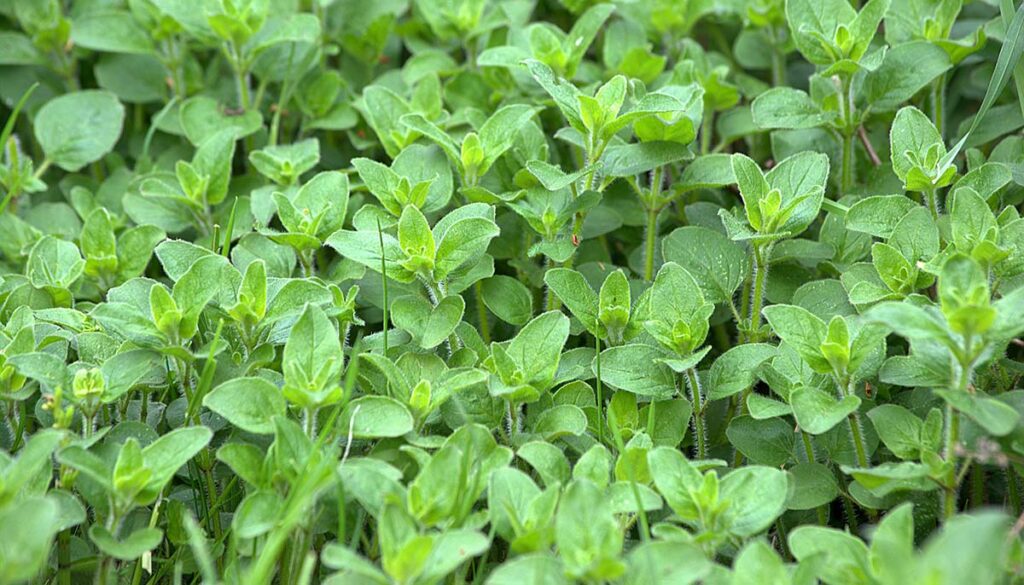
To grow oregano from a cutting, all you need are some healthy, non-flowering sprigs. Don’t worry about cutting off full branches; it only takes a little. At the lower end of the stem, strip off the leaves, leaving about 2 inches of bare stem. To propagate, cut the tip of the sprig at a 45-degree angle. Establishing a root structure before you transplant is always important. Like most plants on this list, you can do so in a glass of water. Once you have some roots, place your oregano in potting soil and grow!
Azaela

It’s possible to regrow azaleas from seeds, but the only way to get baby azaleas that exactly resemble their parents is to clone them from cuttings. First things first, be sure to use a well-draining rooting medium for propagation. Try an equal mix of perlite and peat. You’ll want a semihard cutting for this one. Trim the cut ends below the point where the leaves attach. Remove the leaves from the bottom and remove all flower buds. Insert the bottom one-third into your medium and place them in bright, but indirect sunlight.
Honeysuckle
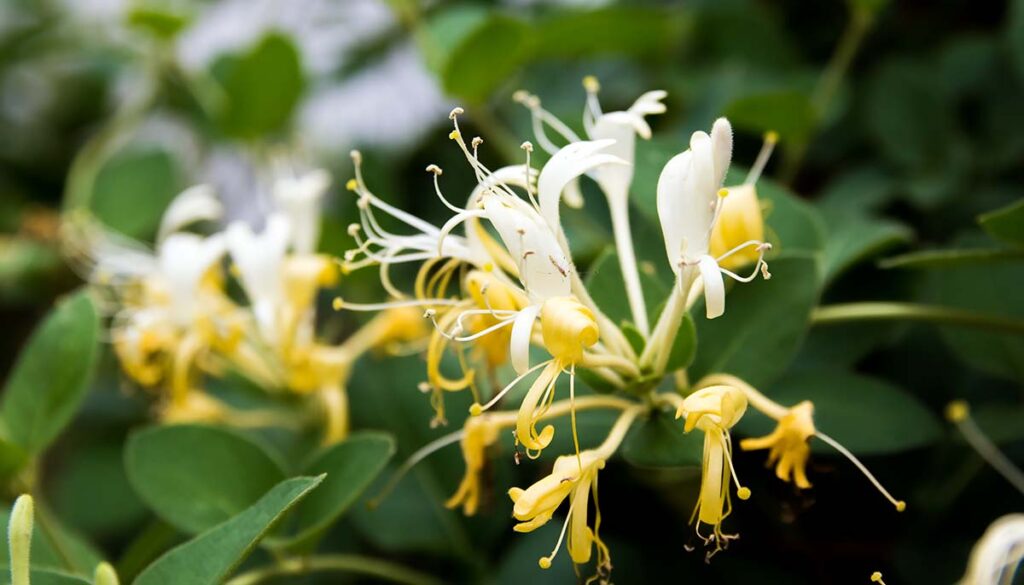
It’s honeysuckle season! And so it’s not a bad time to take some cuttings while the time is still right. To propagate a honeysuckle vine, take your cuttings in the early morning when the sap is wettest. If possible, aim to do this in late spring or early summer. From there, remove all lower leaves and then just plant your cutting into potting soil and wait. It should take about 2-3 weeks. For best results, be sure not to let your honeysuckle’s soil dry out.
Dahlias
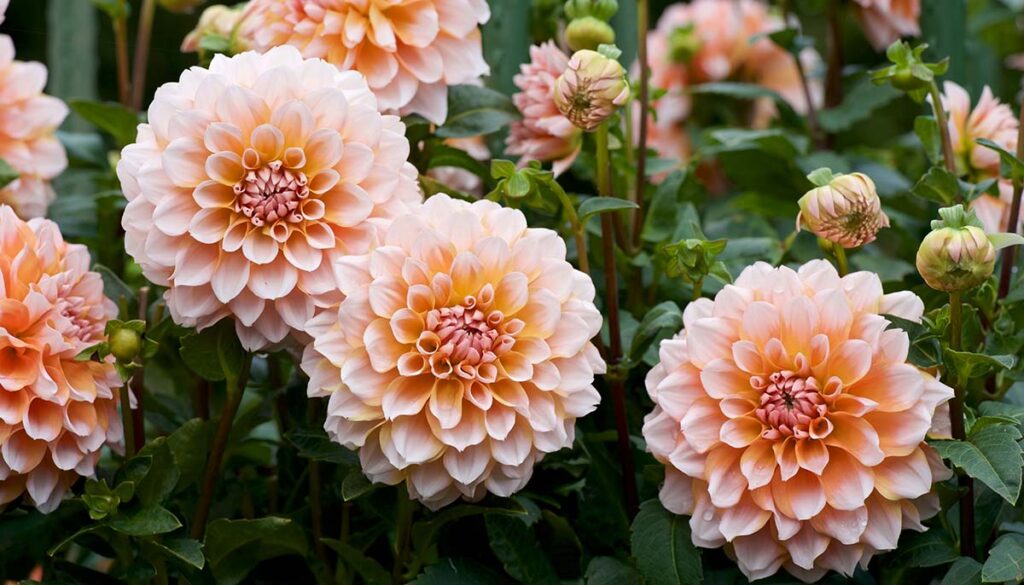
Take your dahlia cuttings in the spring. Cut a handful of stems that are about three inches tall and cut some of the shoots off right above where they meet the dahlia tuber’s crown. Snuggly place the cutting into at least a 9cm pot containing a mix of compost and regular potting soil. Snip off all buds to give your new dahlias their strongest chance to grow. Keep it well watered, sit it on a window sill indoors, and wait about three weeks.
Gardenias
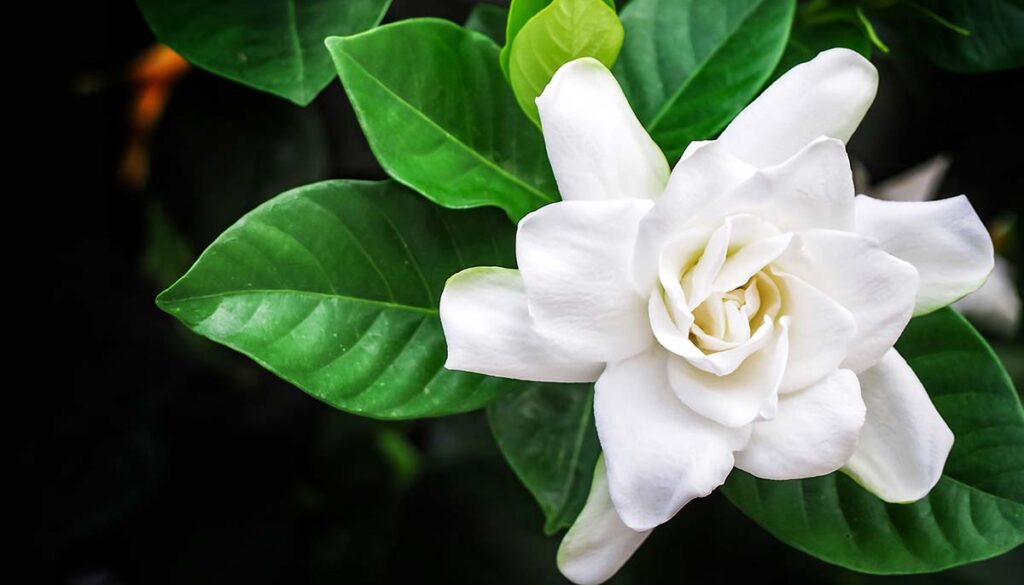
If you want to propagate gardenias, you should aim to do it in early spring. You’ll need to take 3-4 inch stem cuttings just below the leaf node. Consider dipping the stem cutting ends into rooting hormone for this one. From there, place your cuttings into a light mixture of soil, peat moss, and perlite. High humidity is ideal. Be sure to keep the soil moist and well-drained. Transplant the rooted cuttings into 3-inch pots and be patient.
Aster

Aster has many varieties and grows in many colors, and luckily it is easy to grow your favorites from cuttings. In late spring, you’ll want to take 2- to 4-inch long cuttings from the softer stems of the plant. Make sure to remove all of the bottom leaves. Dipping the cutting ends into a rooting hormone is optional but recommended. Once you’ve done that, stick your cuttings in plastic pots with loose soil, but avoid larger containers and excess water or you’ll run into problems with root rot.
Boxwood
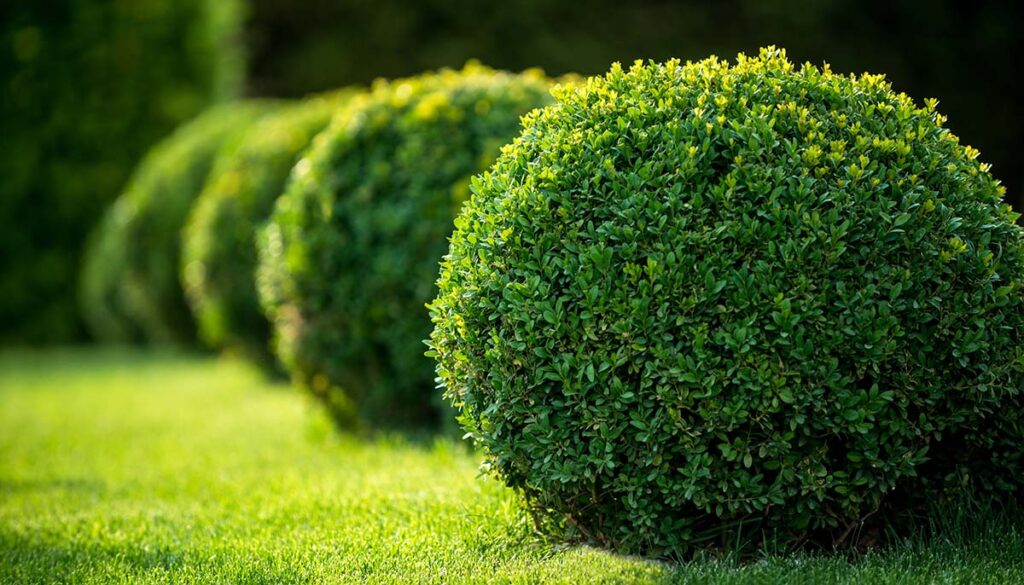
Ready for some lush, green foliage? Get ready to take your boxwood cuttings between late summer and early fall, ideally from July to October. The stems in Spring will be too hard. You can use well-drained potting soil or a 50-50 mix of sand and perlite, compost, or peat moss. No matter your medium, make sure it has drainage holes. Take a cutting that is at least 4 to 6 inches long and strip the leaves from the bottom half. Place your cuttings into the potting mixture, find a warm place for them to sit, and make sure they receive plenty of indirect sunlight.
Begonias
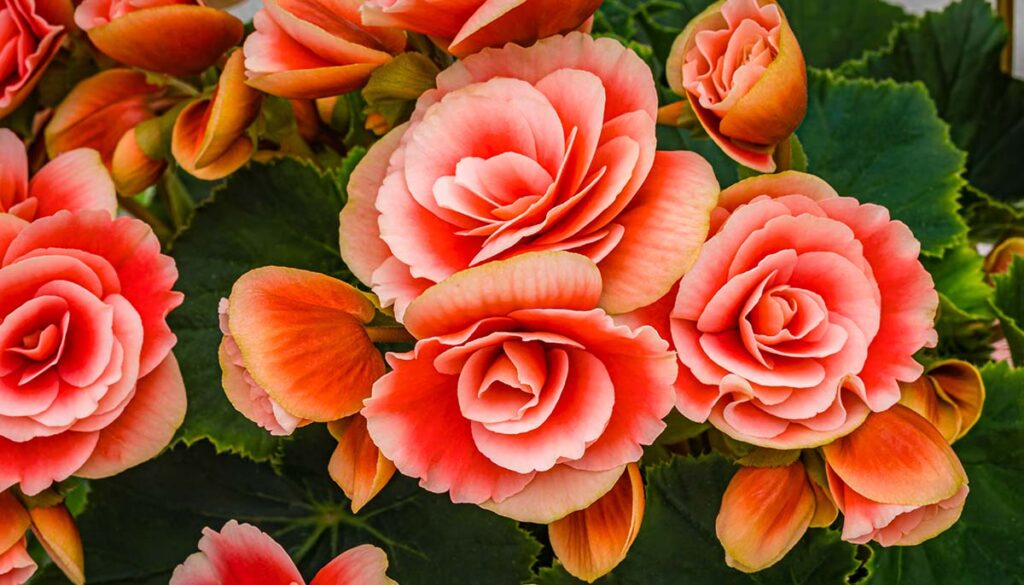
Begonias are surprisingly simple to propagate. You can do it with tip cuttings, rhizome cuttings, or leaf cuttings. Choose cuttings where veins are visible and healthy-looking. Fill a tray with a well-draining potting mix and add perlite, vermiculite, and peat moss for best results. Stick the cutting into the mix and put the tray into a plastic bag. Your cuttings need to stay out of direct sunlight, but keep them in a well-lit spot. The soil should be moist, but don’t saturate it. Standing water is a big no, no when propagating begonias. Roots will appear in 3 or 4 weeks and in 6 to 8 weeks, transfer your begonias into a bigger container.
Mint
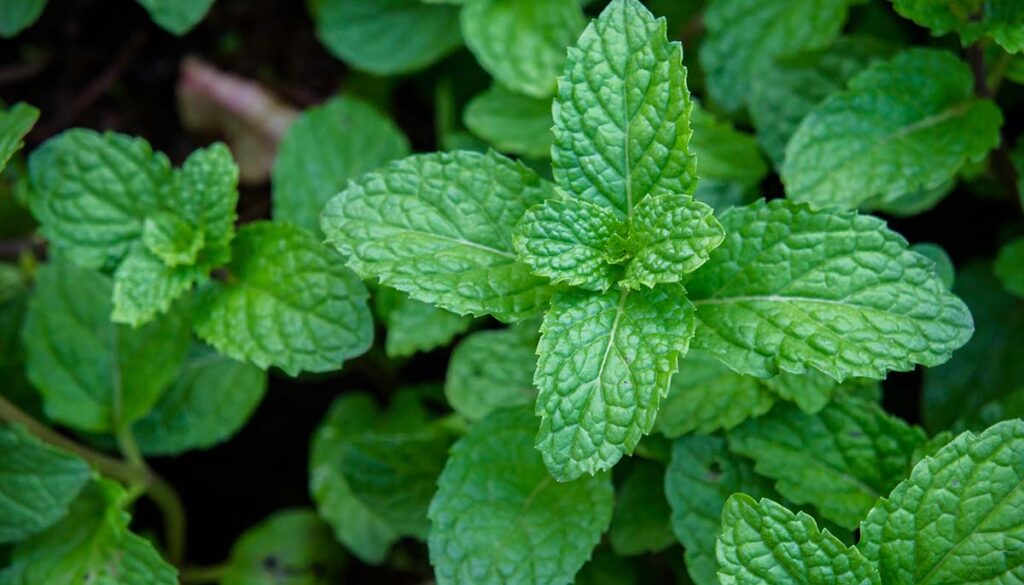
Mint is incredibly easy to grow. In fact, it’s been known to grow whether gardeners want it to or not, taking over entire areas if left unattended. When propagating mint with cuttings, you can use soil or water. But have everything ready before you take your cuttings, as mint wilts rapidly once cut. In late spring or early summer, cut the stems about 3 to 5 inches long. Remove leaves from the lower part of the cutting, but not the top. When rooting in water, keep the glass in bright, indirect sunlight. Replace the water when it becomes murky. When the roots have grown a few inches (after about two weeks), transfer your cuttings to a potting mix.
Rosemary
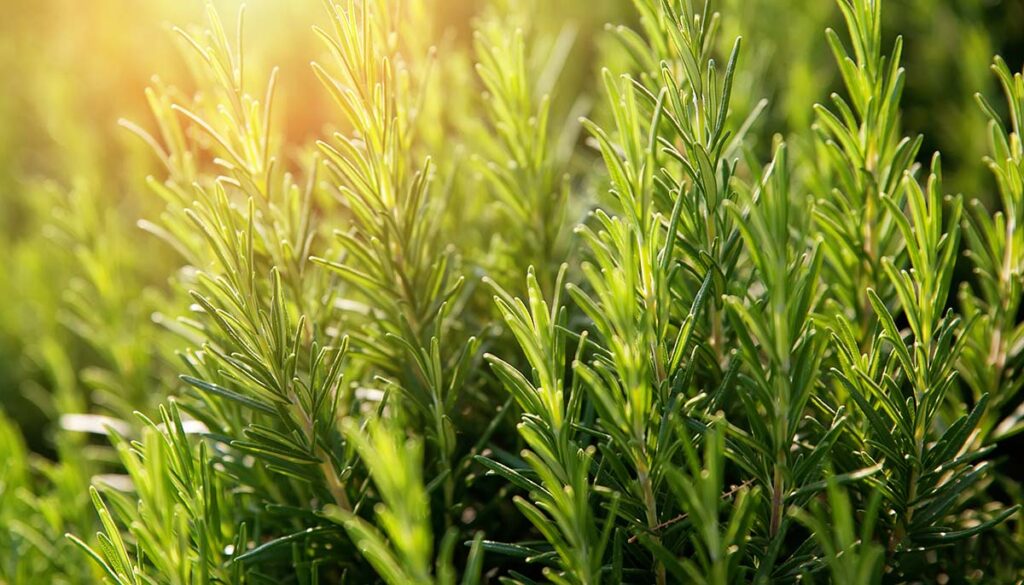
Propagating rosemary from cuttings is the most common way to go about it. It’s also the easiest. With your sharpest and cleanest scissors, take a 2- to 3-inch cutting (just below the leaf node) from a mature rosemary plant with fresh, green growth. Place the cutting in a well-draining, gritty potting mixture. It will take up to four to six weeks for its new life cycle to begin.


